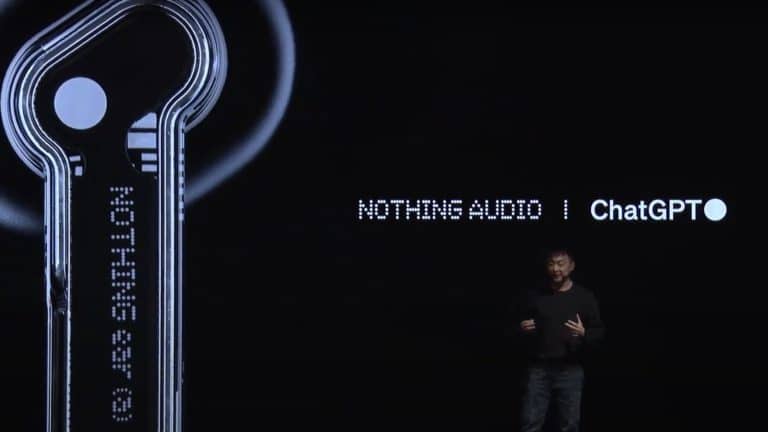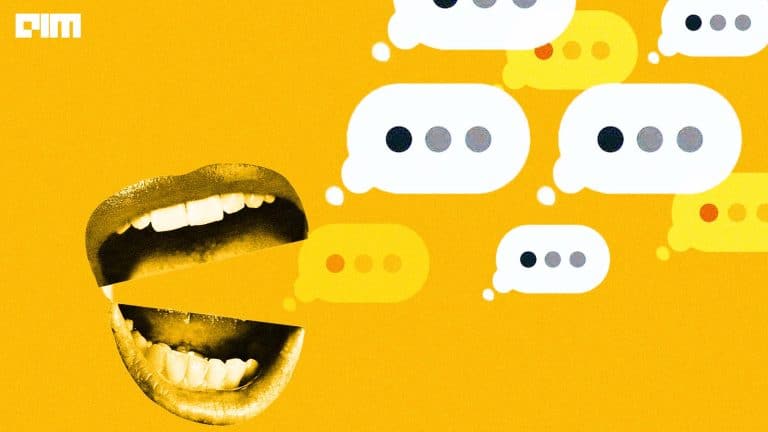|
Listen to this story
|
OpenAI’s ChatGPT has already proved beyond doubt that it can write your essays, summarise research papers, write programming codes, build and design websites and even pass medical and MBA exams with ease. While these capabilities have amazed the world, they have also stoked fear in the educational community about the chatbot being misused by students. This is the same fear that pushed a number of organisations and platforms to ban the use of ChatGPT.
Earlier this year, the New York City Department of Education began blocking access to the chatbot on school devices and networks, citing the negative impact on student learning, and concerns regarding the safety and accuracy of the content.
Similarly, the 40th International Conference on Machine Learning (ICML) banned submissions that included text generated from a large-scale language model (LLM) such as ChatGPT. These fears have also fueled the need and the market for tools that can detect AI-generated content.
Here’s the list of seven tools that aim to empower educators to make informed decisions regarding AI, rebuilding trust in the written work, and allowing them to integrate AI in learning.
GPTZeroX
Edward Tian, a Princeton student, alongside Sreejan Kumar who developed GPTZero – an app that can quickly and efficiently detect whether an essay is ChatGPT or human written – recently announced the launch of a new model GPTZeroX.
GPTZeroX is a tool built for educators that adeptly handles text that combines both AI and human writing together. GPTZerox highlights AI-generated portions in a content. The latest model includes an additional pipeline to handle file batch uploads in PDF, Word, and .txt format so you can run multiple files through GPTZero at ease.
You can use the tool here.
Turnitin’s Plagiarism Detector
Turnitin’s plagiarism detector predicts what words AI is more likely to generate in a given text snippet. It’s very bland, statistically. Humans don’t tend to consistently use a high probability word in high probability places, but GPT-3 does — so Turnitin’s plagiarism detector cues in on that. What is interesting to note is that Turnitin’s detector is built using the same architecture as GPT-3 and can be perceived as a miniature version of the model. It uses a detection component instead of a generating component.
It is likely to be launched in the first half of this year.
Detect GPT
Detect GPT is a Chrome extension that performs a scan of the content of the webpage that you are viewing and analyses it to identify if any part of the content has been generated using the GPT language model.
You can use the tool here
Originality.ai
Originality.ai’s software works for anyone who publishes articles on the web. It works by analysing the structure and language of any given article. It employs machine learning(ML) technology and advanced linguistic analysis techniques to accomplish that. Originality.ai has trained its model to predict if any of the popular AI writers (for eg: GPT-3, GPT-2, GPT-NEO, GPT-J) were used to generate the content. The success rate for detection has been found to be over 94% accurate on 50+ words.
You can use the tool here
Check for AI
Launched by Benjamin Klieger, a Stanford student, Check for AI leverages the combination of Open AI’s existing Roberta base model for GPT detection, and its own proprietary models. The tool checks for AI-generated content across mediums, including emails, essays, reports etc. One can upload a PDF or docx file in the tool and the tool will highlight if there is a low or high risk of AI-generated content in the file.
You can use the tool here.
Content at Scale’s AI
What sets Content at Scale’s AI detector apart is that it is also a generator. Thus, this is meant for publishers who want to generate or detect content produced by AI. The tool analyses thousands of texts from the web and chooses one with what is relevant to your inputs. It uses natural language processing and semantic analysis techniques to perform this task. Content at Scale’s AI uses ML technology and advanced linguistic analysis to distinguish fake, AI-written text from the real, human-written text.
You can try the tool here
Writer.com’s AI
The AI-based application can be used for a host of tasks including checking for fake AI produced content, creating editing content, among others. This makes it a valuable resource to writers, publishers, and other content players. It also offers a wide range of tools that you can integrate with the platform. These include Chrome, Google Docs, Word, Outlook, Figma (a writing assistant app for content designers), and Contentful (a writing assistant app for content publishers) etc.
You can use the tool here.



















































































